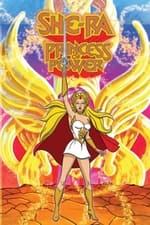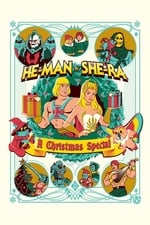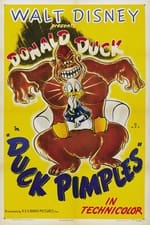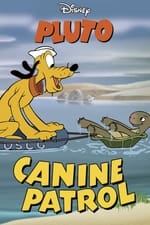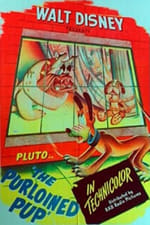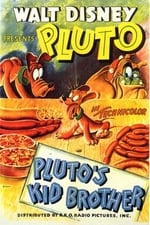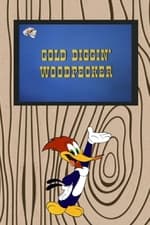Personal Info
Known For Art
Known Credits 22
Gender Male
Birthday March 12, 1909
Day of Death February 22, 1993 (83 years old)
Place of Birth Avola, Sicily, Italy
Also Known As
- Nino Carbé
Content Score
63
We're so close, yet so far.
Login to report an issue
Biography
Nino Carbe was born in Avola, Sicily in 1909. Three years later, he came to America with his mother by way of Ellis Island – his father was already waiting for them in the United States. In his adolescence, he studied art with Willy Pogani and worked as a paint boy to help support the family. He also studied classical violin. At the age of 16, he studied art at the prestigious Cooper Union for two years.
In his early twenties he made his first foray into illustration. These books include 1930’s Tales of the Arabian Nights, the Three Sirens Press edition of Edmond Rostand’s 1931 Cyrano de Bergerac, the Illustrated Editions Company’s 1932 Frankenstein (which appears to be the first illustrated version of Mary Shelley’s classic since the original 1831 publication). Also during this period in New York, he learned the art of batik and worked in the Columbia Pictures Art Department. In 1936 he moved to California, and shortly came to the attention of Walt Disney. He was hired by Disney on the strength of his airbrushing, a technique that he picked up while working on retouching black and white stills at Columbia. After Disney saw some of the preliminary sketches that Carbé had completed for Fantasia (1940), Disney moved Carbé to the backgrounds and storyboard department which was housed in the original Disney studios on Hyperion in the Los Feliz area of Los Angeles. Carbé spent 1938 to 1946 working on such classic animated films as Fantasia (where in addition to his background work, he created the sugar plum emerging from the puff), Bambi, Pinocchio, Make Mine Music, Dumbo, Victory Through Air Power, and many others. Additionally, in a interesting display of inter-studio cooperation during the war, Disney lent Carbe’s talents to Walter Lantz studios for Armed Services Medical Training films. In 1942, he also illustrated the classic Golden Book Chip Chip written by Norman Wright.
Nino Carbe was born in Avola, Sicily in 1909. Three years later, he came to America with his mother by way of Ellis Island – his father was already waiting for them in the United States. In his adolescence, he studied art with Willy Pogani and worked as a paint boy to help support the family. He also studied classical violin. At the age of 16, he studied art at the prestigious Cooper Union for two years.
In his early twenties he made his first foray into illustration. These books include 1930’s Tales of the Arabian Nights, the Three Sirens Press edition of Edmond Rostand’s 1931 Cyrano de Bergerac, the Illustrated Editions Company’s 1932 Frankenstein (which appears to be the first illustrated version of Mary Shelley’s classic since the original 1831 publication). Also during this period in New York, he learned the art of batik and worked in the Columbia Pictures Art Department. In 1936 he moved to California, and shortly came to the attention of Walt Disney. He was hired by Disney on the strength of his airbrushing, a technique that he picked up while working on retouching black and white stills at Columbia. After Disney saw some of the preliminary sketches that Carbé had completed for Fantasia (1940), Disney moved Carbé to the backgrounds and storyboard department which was housed in the original Disney studios on Hyperion in the Los Feliz area of Los Angeles. Carbé spent 1938 to 1946 working on such classic animated films as Fantasia (where in addition to his background work, he created the sugar plum emerging from the puff), Bambi, Pinocchio, Make Mine Music, Dumbo, Victory Through Air Power, and many others. Additionally, in a interesting display of inter-studio cooperation during the war, Disney lent Carbe’s talents to Walter Lantz studios for Armed Services Medical Training films. In 1942, he also illustrated the classic Golden Book Chip Chip written by Norman Wright.
Art
|
||||||||||||||||||
|
||||||||||||||||||
|
||||||||||||||||||
|
||||||||||||||||||
|
||||||||||||||||||
|
||||||||||||||||||
|
||||||||||||||||||
|
||||||||||||||||||
|
Visual Effects
|
